As a leading Custom...
Tin vs Plastic: Why Global Food Brands Are Switching to Sustainable Metal Packaging
In an era where sustainability is no longer optional but imperative, global food brands are rapidly pivoting toward eco-friendly alternatives to plastic. Among the most impactful shifts is the adoption of tin packaging, with custom tin boxes emerging as a frontrunner. From reducing carbon footprints to enhancing brand appeal, metal packaging—particularly eco-friendly tin boxes—is revolutionizing the industry.
This article explores why brands are partnering with tin box manufacturers to embrace this trend, the benefits of tin box packaging, and how customization drives innovation.
---
1. The Environmental Imperative: Why Tin Trumps Plastic
Plastic pollution has reached crisis levels, with millions of tons contaminating oceans and landfills annually. In response, governments and consumers are demanding sustainable alternatives. Tin boxes, made from recyclable and reusable materials, offer a compelling solution:
100% Recyclability: Unlike plastic, tin can be recycled infinitely without quality loss.
Lower Carbon Footprint: Producing tin packaging consumes less energy than plastic manufacturing.
Reduced Waste: Durable, eco-friendly tin boxes encourage reuse, minimizing single-use waste.
Leading tin box manufacturers report a 40% surge in demand from food brands aligning with ESG (Environmental, Social, Governance) goals.
---
.jpg)
2. Case Studies: Global Brands Embracing Tin Packaging
Major players like Nestlé, Godiva, and Haribo are integrating custom tin boxes into their packaging strategies:
Nestlé’s Holiday Collections: The brand replaced plastic gift boxes with decorative tin boxes, boosting seasonal sales by 22% while enhancing sustainability credentials.
Godiva’s Luxury Chocolate Tins: Custom-designed tin box packaging elevates brand prestige and ensures product freshness.
Haribo’s Limited Editions: Collaborating with tin box manufacturers, Haribo launched collectible tins, driving customer loyalty and reducing plastic use by 30%.
These examples highlight how tin packaging balances functionality, aesthetics, and environmental responsibility.
---
3. Custom Tin Boxes: A Tool for Brand Differentiation
Customization is key to standing out in competitive markets. Tin box manufacturers now offer tailored solutions:
Unique Shapes & Sizes: From hexagonal tea tins to cylindrical cookie containers.
Premium Finishes: Matte, glossy, or embossed designs to reflect brand identity.
Printing Innovations: High-definition graphics for storytelling or seasonal themes.
For instance, a specialty coffee brand using custom tin boxes saw a 35% increase in repeat purchases due to the packaging’s Instagram-worthy appeal.
---
.png)
4. The Role of Tin Box Manufacturers in Driving Sustainability
Leading tin box manufacturers are innovating to meet eco-conscious demands:
Closed-Loop Systems: Partnering with recycling firms to reclaim and repurpose used tins.
Material Efficiency: Thinner yet durable tinplate designs reduce raw material use.
Renewable Energy: Factories powered by solar or wind energy to cut emissions.
Companies like ABC Tin Packaging and EcoTin Solutions are pioneering these practices, earning certifications like FSC (Forest Stewardship Council) for responsible sourcing.
---
5. Challenges and the Road Ahead
While tin box packaging offers clear advantages, challenges remain:
Higher Upfront Costs: Tin production can be costlier than plastic, though long-term ROI through brand loyalty offsets this.
Logistical Adjustments: Brands must adapt supply chains for heavier materials.
However, advancements in lightweight tin alloys and scalable production are easing these barriers. Analysts predict the global metal packaging market will grow by 4.5% annually, reaching $145 billion by 2028.
---
Conclusion: Tin Packaging—The Future of Food Branding
The shift from plastic to eco-friendly tin boxes is more than a trend—it’s a necessity. With custom tin boxes enabling creativity and tin box manufacturers advancing sustainable practices, food brands can meet regulatory demands, captivate consumers, and protect the planet. As the adage goes, “What’s good for the Earth is good for business,” and tin packaging proves this true.





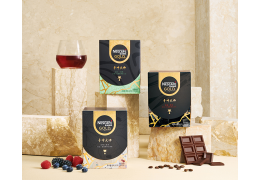
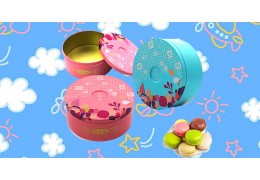
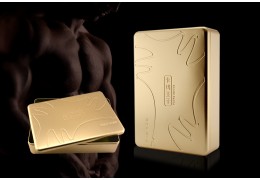
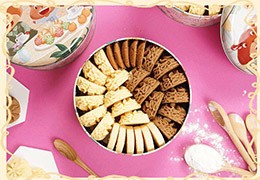
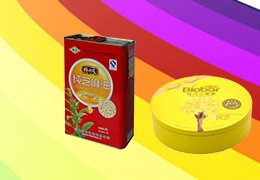
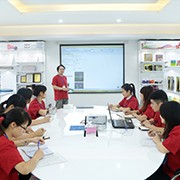



Latest comments